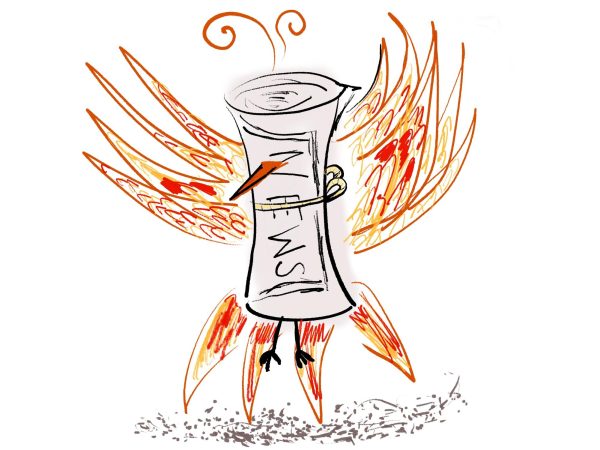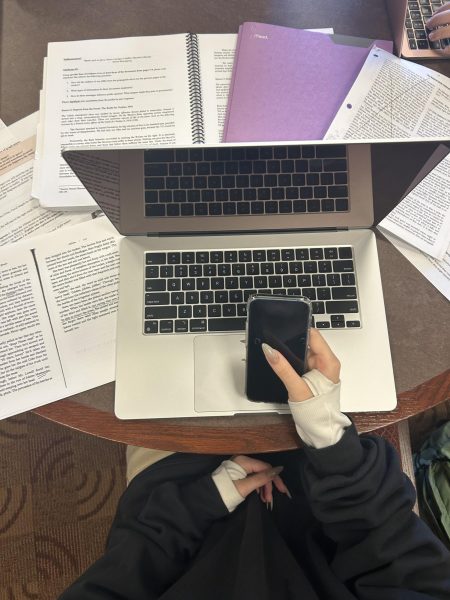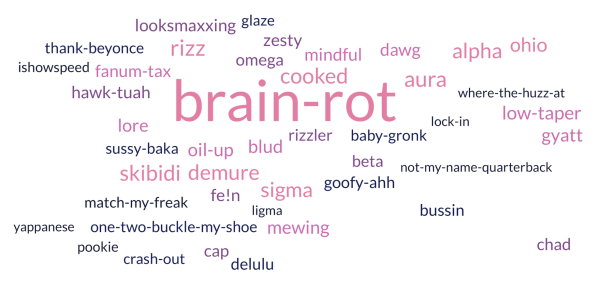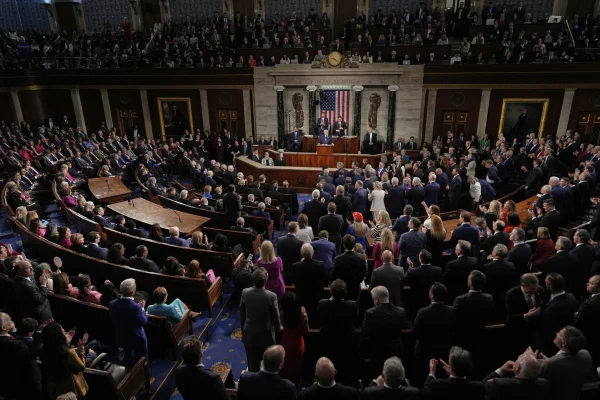“Befores” and “Afters”: Bishop’s Students and the Student Diversity Leadership Conference
“She came back from it, and she told me it changed her whole life.”
Nathan Huynh (‘19) shared his reasons for applying to SDLC, motivated by Danielle Strauss’ (‘18) experience there last year.
“I saw how happy it made her, and I wanted that for myself as well – to have that life-changing experience.”
The Student Diversity Leadership Conference (SDLC), run by the National Association of Independent Schools (NAIS), is a gathering of high school students and educators from private schools nationwide and abroad. The purpose of the conference is, according to NAIS, to “develop cross-cultural communication skills, design effective strategies for social justice through dialogue and the arts, and learn allyship and networking principles.” In simpler terms, it’s a place to meet people both similar to you and different from you. It’s a place to start conversations about issues important to you and to the world, for today and for the future.
Up to six students can be selected per school to attend the conference. This year’s Bishop’s attendees were Nathan Huynh (‘19), Crystal Wang (‘19), Sarahi Castillo (‘20), Gabe Worstell (‘20), Naomi Deokule (‘21), and Zenzele Greene (‘22). Any upper school student is eligible; to apply, students must submit several personal statements and participate in group interviews conducted by a number of faculty and previous SDLC student attendees. “Then we argue and debate about who’s going to be able to go– who might be able to potentially grow the most as a person from the experience, or bring something back,” explained Director of Diversity and Community Life Mr. David Thompson. “It’s quite often incredibly challenging.”
This year, SDLC took place for three days in Nashville, Tennessee’s Music City Center. The Bishop’s group rose early in the morning to fly across the country on Wednesday, November 28. The conference itself began on Thursday morning and continued through Saturday afternoon. Participants took part in activities including keynote speeches from CNN host Lisa Ling and academic turned activist Marc Lamont Hill, discussions, as well as “affinity” and “family” group gatherings.
The latter proved to be the most valuable parts of the conference to the students. “A family group is a group of 55 students from all around the country. We were in a room together for hours on end, which created life-long relationships with each other,” Nathan said.
“You were basically with them all day. Everybody was strangers to each other, you’re just getting to know these people, and still you relate to them so much. You just connect with somebody instantly over a second’s worth of conversation because you’re so similar, and that was my favorite part,” affirmed Naomi.
The theme of connecting and belonging carried over to affinity groups. Separate from family groups and taking place later in the day, they were organized by identifiers – Asian, Black, Latinx, Multiracial. “There were so many brown people in the same room,” Naomi shared with a smile, speaking on the South Asian affinity group. “It was so amazing because I’d never had that before.”
It was activities like these that formed lasting connections and impacts on attendees. Bishop’s alumna Danielle Strauss (‘18), reflecting on her SDLC experience a year later, said, “I guess the experience, really, was just having great speakers and spending 12 hours a day talking with people from all over the nation about diversity. But just being surrounded by thousands of beautiful people who all come from a place of kindness, love, and acceptance really changed my life. I learned so much and I completely changed the way I look at people and the world.”
Mr. Thompson observed a common quality in the students at the conference: “What we see there are students who, for one reason or another, feel ‘other-ed.’ For anyone who has ever felt ‘other-ed’ in a public space, the day-to-day experience of being in that place means building a wall that allows you to navigate it with as little emotional distress as possible. What I saw at SDLC was that wall coming down, for all of the students who were there.”
“Throughout the conference [facilitators] were using words like ‘we’ and ‘us’– that’s also the first time I felt included in that ‘we’ or ‘us,’” added Nathan. “At SDLC our differences were embraced, and that’s what made everyone feel normal, whereas here, our differences are what divide us. The hardest part about coming back to Bishop’s is, again, feeling like you’re not normal.”
1,600 students exclusively from private schools attended the conference. However, Mr. Thompson says, “Private schools are 25% of US high schools. [NAIS] represents fewer than 3% of high schools, and within that 3% we have just 24% or so students of color.”
“Conferences like this push us to recognize the humanity that exists outside these well-constructed and highly thoughtful walls. I think kids who go to school like ours need experiences where they are reminded that even though things are hard and they feel like they have one particular struggle or another –and again, I validate all of that– there are struggles of people and identities that we never get to see,” Mr. Thompson continued.
Returning from an empowering and inexplicably special three days, the six Bishop’s students are taking time to process and readjust – to the point where nearly everything is measured in “befores” and “afters” in relation to SDLC. “I never recognized before how privileged I am socioeconomically, ” said Naomi. “I also feel like now, after the conference, I’m more aware than I was before. Like before, I didn’t really understand why I didn’t really fit in.”
Nathan concluded, “The reason why we do these things is to impact the greater community of Bishop’s at least. But I do think it’s really important because there are voices and people that aren’t heard, and [events like] these really bring out that empowerment – for them.”
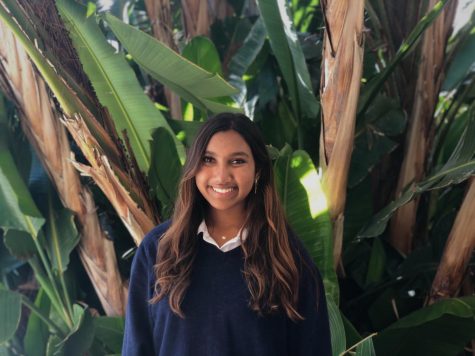
Sariah Hossain is a senior and The Tower's Co-Editor-in-Chief. This is her fourth year on the publication and, as her friends can all attest, writing...


